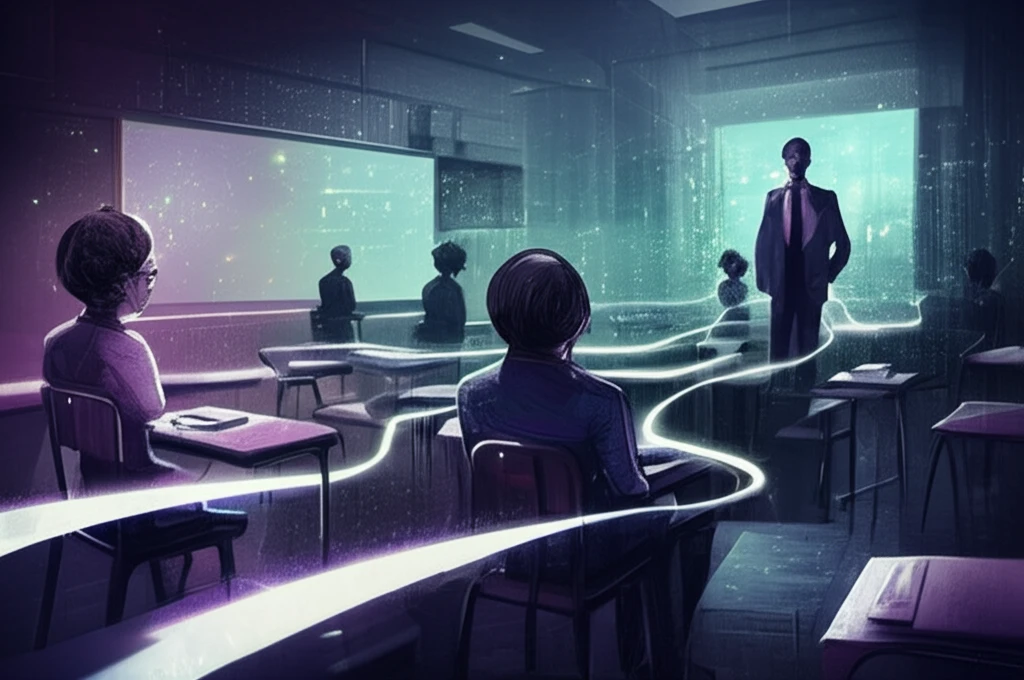
Unlock Your Classroom's Potential: A Teacher's Journey to Personalized Learning
"From rigid rows to dynamic engagement: Discover how educators are transforming traditional classrooms into vibrant hubs of individual growth and collaborative exploration."
For decades, the image of a classroom has remained relatively static: rows of desks, a teacher at the front, and a standardized lesson plan delivered to all. But times are changing. A growing movement is encouraging educators to move beyond this one-size-fits-all approach and embrace personalized learning, where instruction is tailored to meet the unique needs and learning styles of each student.
This shift isn't just about new technology or trendy teaching methods; it's about fundamentally rethinking the role of the teacher and the structure of the classroom. It's about creating environments where students are active participants in their own learning, where curiosity is encouraged, and where success is measured not just by test scores, but by individual growth and a love of learning.
This article will explore this evolution, drawing upon decades of research and real-world examples to illustrate how educators are transforming traditional classrooms into dynamic, engaging spaces that foster personalized learning and empower students to reach their full potential.
From Direct Instruction to Student-Centered Exploration: How Teaching Styles Have Evolved

The journey toward personalized learning is rooted in a deep examination of traditional teaching methods. Historically, many classrooms were dominated by what's known as "direct instruction," where the teacher is the primary source of information, delivering lectures and controlling the flow of knowledge. While direct instruction has its place, particularly in introducing foundational concepts, research has shown its limitations in fostering deeper understanding and engagement.
- Direct Teaching: Teacher-led instruction, often involving lectures and structured activities.
- Indirect Teaching: Encourages student exploration and inquiry, with the teacher acting as a facilitator.
- Personalized Learning: Tailors instruction to individual student needs, interests, and learning styles.
The Journey Continues: Embracing the Future of Personalized Learning
The shift toward personalized learning is an ongoing process, one that requires continuous reflection, adaptation, and a willingness to embrace new ideas and approaches. By focusing on individual student needs, fostering a love of learning, and empowering students to take ownership of their education, we can create classrooms that truly unlock the potential of every learner.
